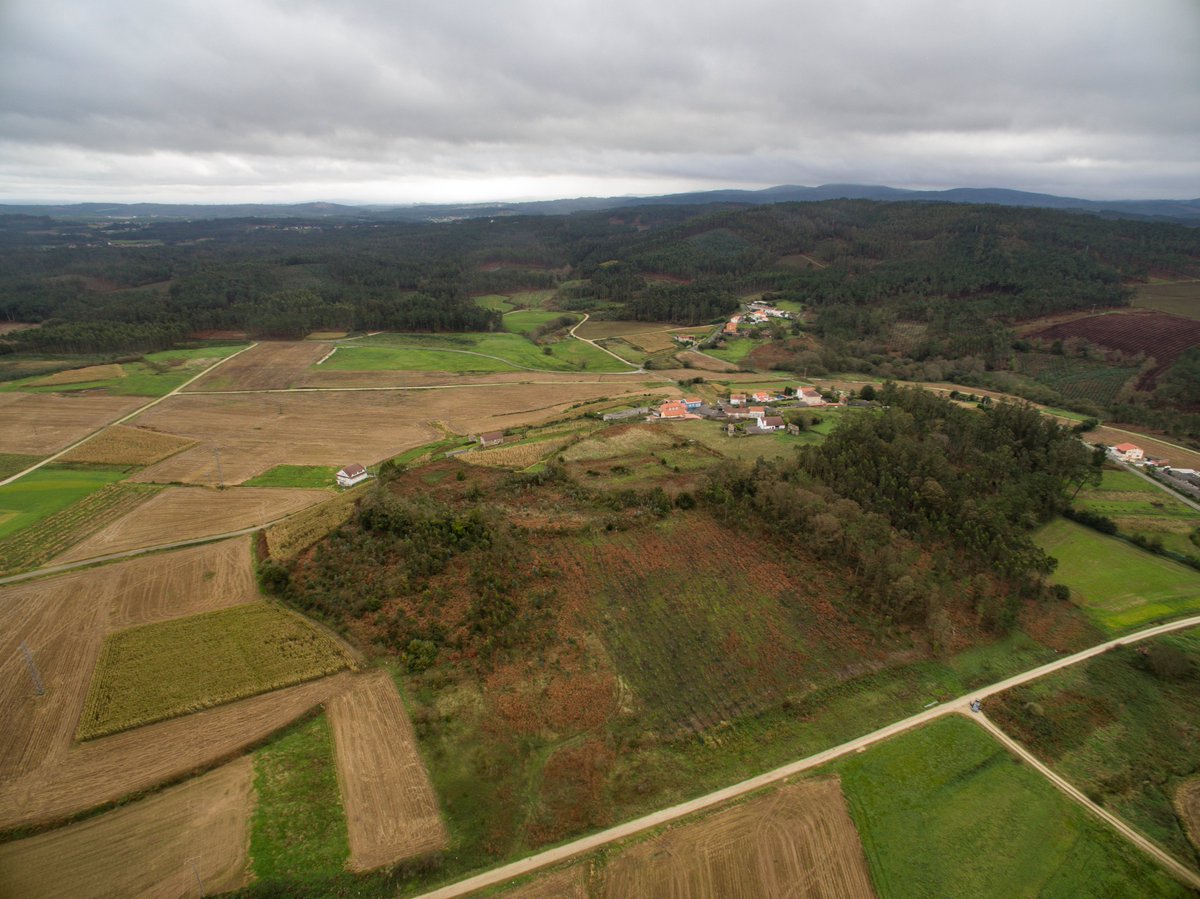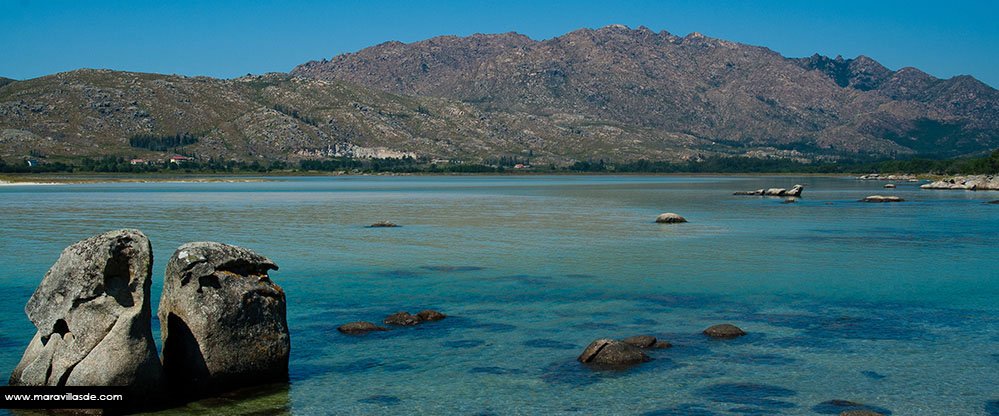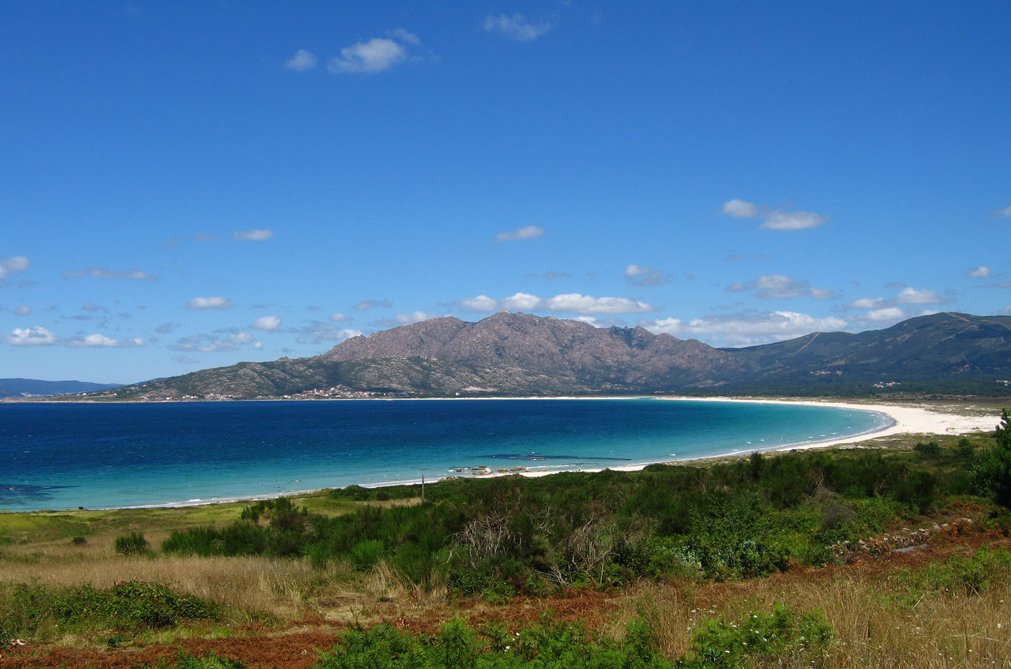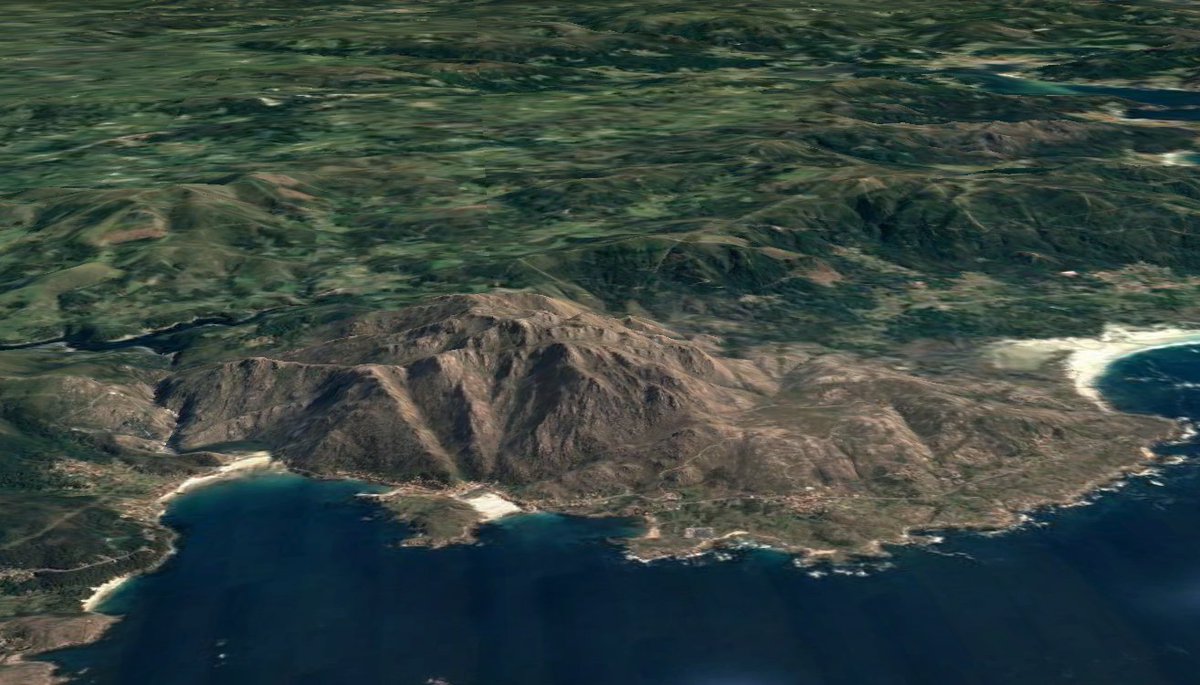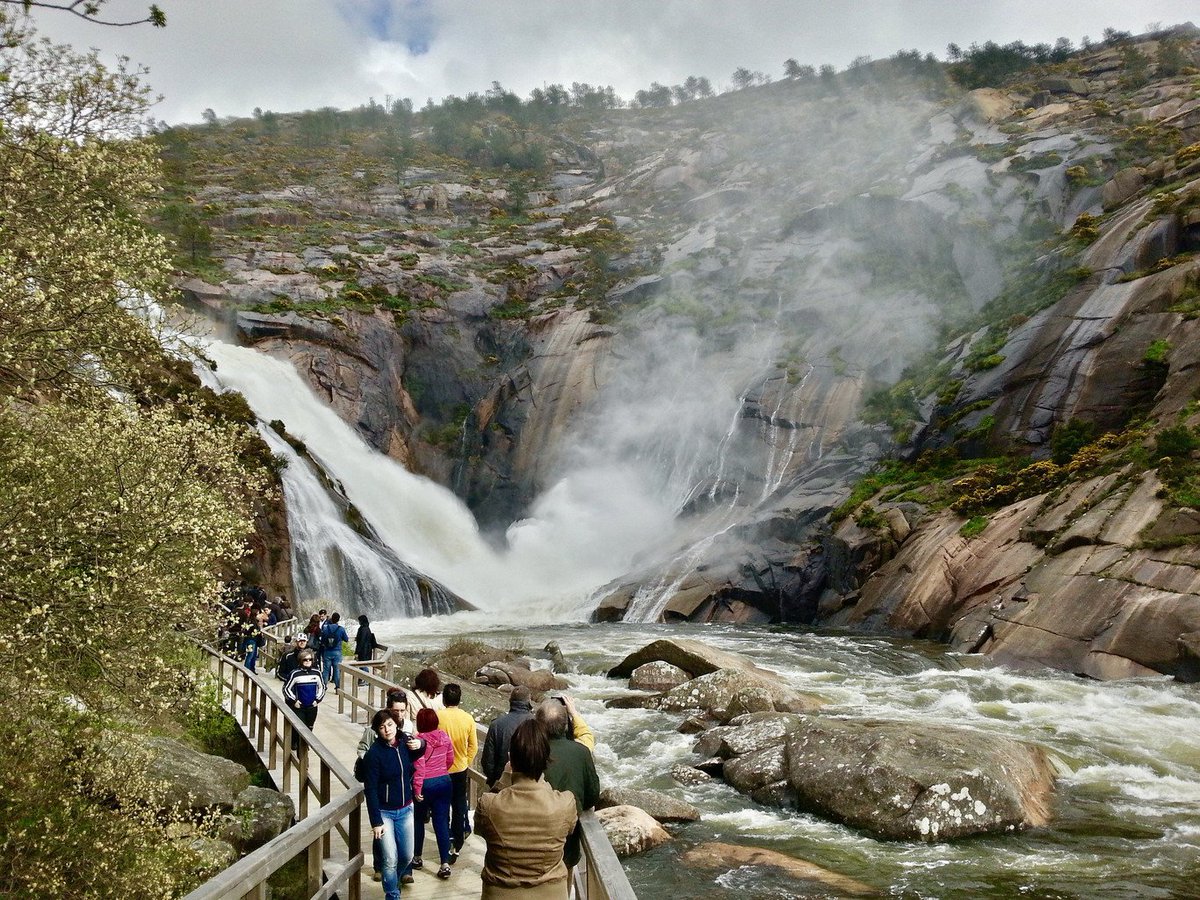
Tired after a long day of hunting or a hard run against the neighboring hillfort? Try relaxing in a sweat lodge, those fascinating Iron Age buildings from Gallaecia that we will visit in this #hillfortswednesday 📸by @par_virtual 
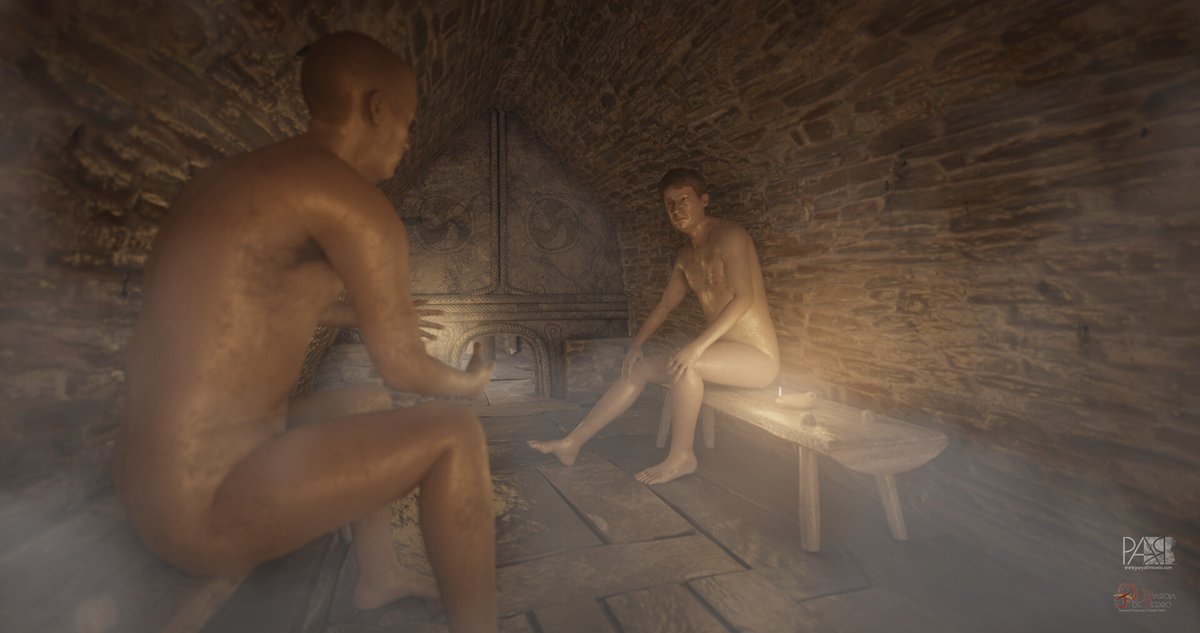
The sweat lodges are very unique buildings from the Iron Age in NW Iberia. They are concentrated in the west of Asturias and in the north of Portugal.
It has not yet been explained why there are so few in the central region.
📸by Marco G. Quintela
#hillfortswednesday
It has not yet been explained why there are so few in the central region.
📸by Marco G. Quintela
#hillfortswednesday
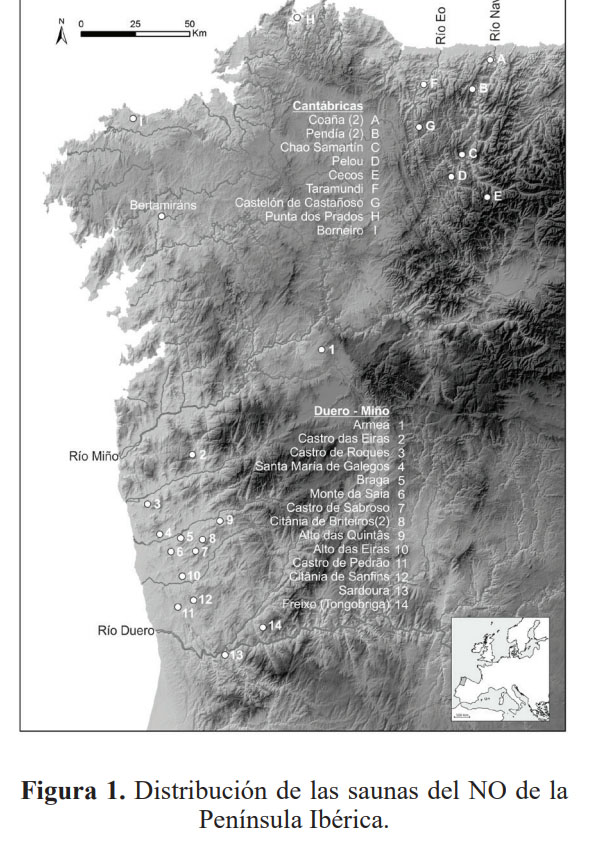
The most spectacular part is the 'pedra formosa' (the beautiful stone). In the southern sweat lodges they are beautifully decorated, with deep symbolism. The entrance to the heat chamber is always very narrow and small.
#hillfortswednesday


#hillfortswednesday



The narrow entrace were interpreted by archaeologist Ángel Villa as a metaphor of 'rebirth'. So, saunas could have a strong sense of ritual in the Iron Age. #hillfortswednesday 

While in the north they are always very close to the gates of the hillforts, and near other relevant buildings, in the south they are located outside the oppida. (Graphic by Marco García Quintela).
Pendia sweat lodge (Asturias).
#hillfortswednesday

Pendia sweat lodge (Asturias).
#hillfortswednesday


Sweat lodges always have very similar construction patterns. Water conduction and heat generation and preservation are important. A cold water basin is also fundamental.
#hillfortswednesday



#hillfortswednesday




Let's see in this recreation how a northern sweat lodge could have been. Sauna of O Sarridal (Cedeira. #Galicia). By Pablo Aparicio / Jorge García de Pedro / AXA Archaeology
#hillfortswednesday


#hillfortswednesday



And this is how O Sarridal sweat lodge looks today. Note how close is to the main gate of the hillfort. Scan done with my iPad Pro lidar. 👌
#hillfortswednesday
sketchfab.com/3d-models/saun…
#hillfortswednesday
sketchfab.com/3d-models/saun…
But one of the most spectacular is the sauna of Castelón de Castañoso (A Fonsagrada, #Galicia). You have to go down the mountains for an hour and immerse yourself in a deep forest until you reach the hillfort remains. 📸by Manuel Miranda.
#hillfortswednesday

#hillfortswednesday


The first time I went there in 2011, the two-thousand-year-old vault was still standing, but reused as a 'corripa', a stone structure for storing chessnuts.
This is the video we shot with Mariña Patrimonio's activist: Manuel Miranda. #hillfortswednesday
This is the video we shot with Mariña Patrimonio's activist: Manuel Miranda. #hillfortswednesday
The sweat lodge was excavated by Terra Arqueos in 2016-2017 and was incredible well preserved. The hillfort was inhabited for a very short time at the beginning of the Roman conquest, perhaps linked to gold-mining. 📸by Manuel Miranda / Mariña Patrimonio
#hillfortswednesday



#hillfortswednesday




But research confirms that most of the saunas were built long before Roman rule and are a deep Iron Age tradition which were reused by Romans after conquest. 📸by Lanobrigan project / Paco Boluda / Carlos Paz
#hillfortwednesday

#hillfortwednesday


And they are new sweat lodges appearing all the time. This is a whole, excepcionally preserved northern sweat lodge from the Atalaia hillfort (Cervo,#Galicia). It is totally covered by sand and part of the stone roof is still on site! #hillfortswednesday 



Anxious to know more? Try these two articles of synthesis. Ángel Villa: castrosdeasturias.es/descargas/830-… and Marco García Quintela: researchgate.net/publication/30…
If you are interested in comparing Iron Age Gallaecian sweat lodges and other European saunas, this article by Martín Almagro and Lucía Moltó is a good start. #HillfortsWednesday (in the pic, an Irish smoke sweat lodge) e-spacio.uned.es/fez/eserv.php?… 

• • •
Missing some Tweet in this thread? You can try to
force a refresh
















